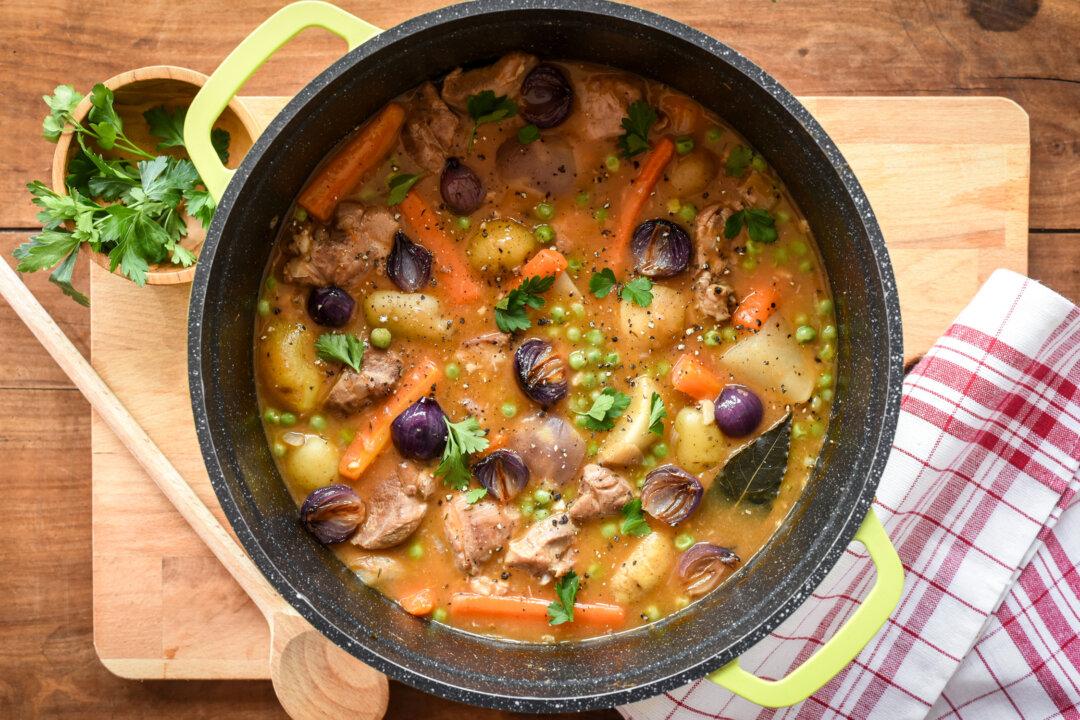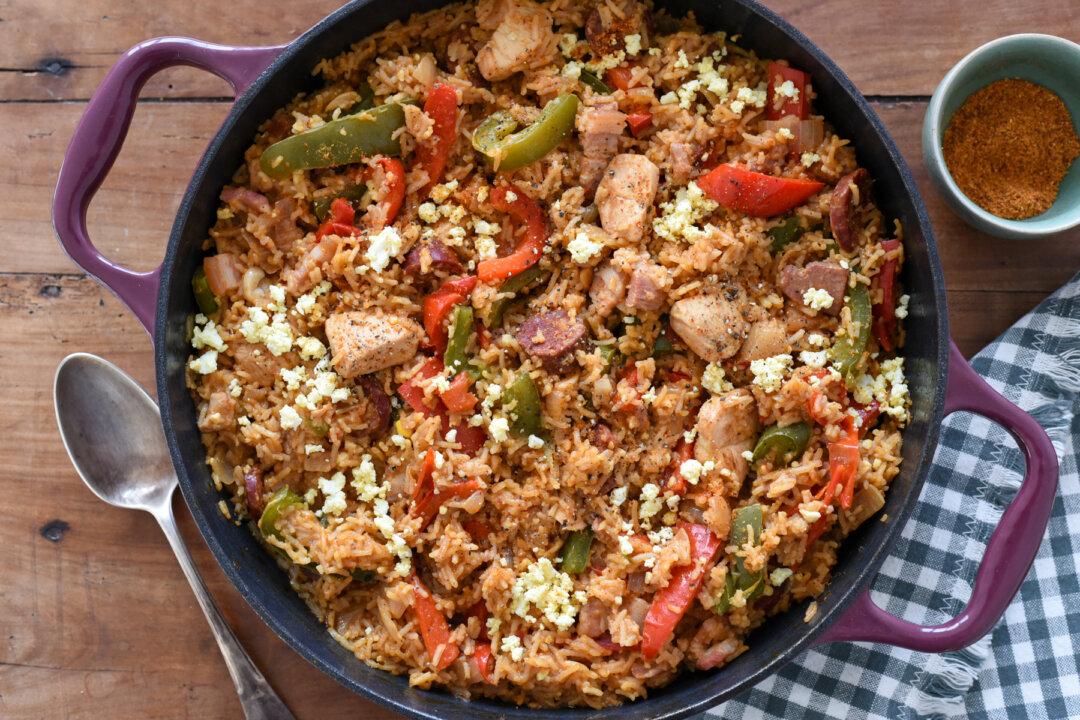The year: 52 B.C. The scene: The Battle of Gergovia, in modern-day Auvergne, France, between the Romans, led by Julius Caesar, and the Gallic people, led by Vercingetorix.
The day before the battle, the story goes, Vercingetorix sent a rooster to Caesar as a warning about the bravery and fierceness of the French troops he was about to face. A few hours later, Caesar invited Vercingetorix over for dinner. On the menu? Vercingetorix’s valiant rooster, chopped up and cooked in wine.





